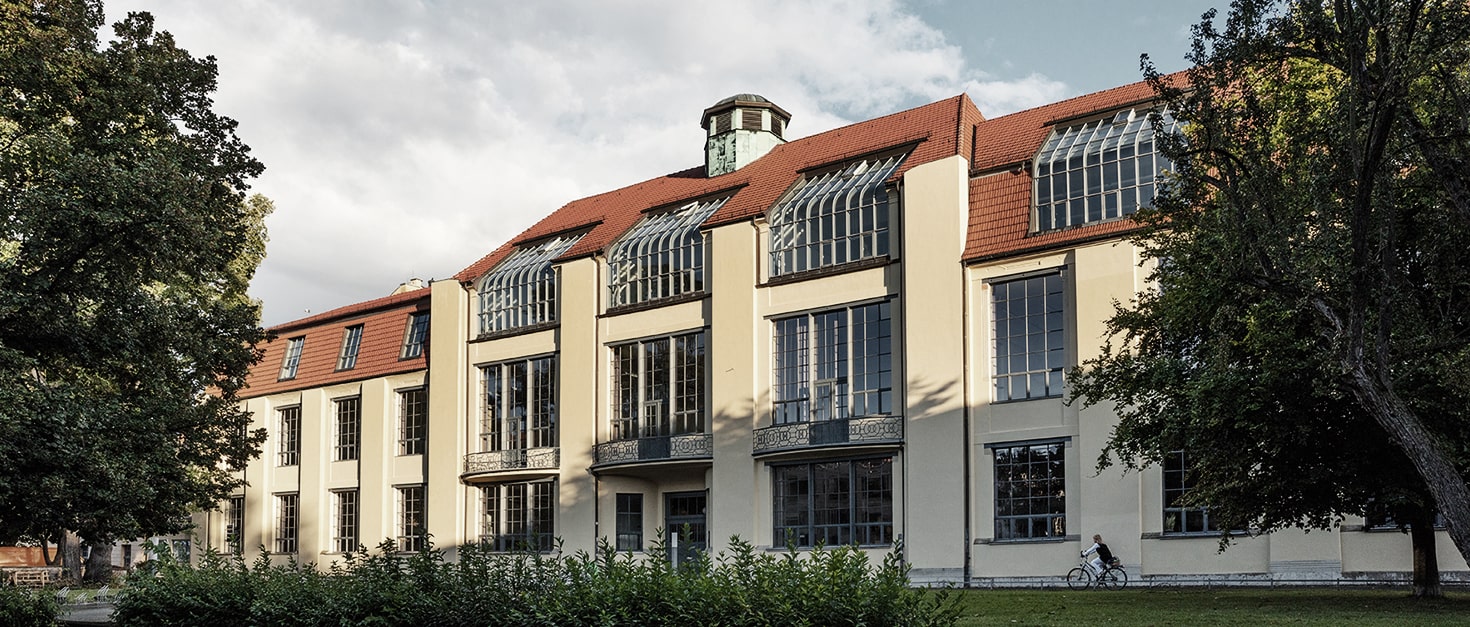HyStarter I: Hydrogen Region Weimar

Background to the region
Hydrogen technology is particularly suitable for Weimar and the Weimarer Land region because the Weimar Bauhaus University is already involved in two federal programmes for the implementation of regional hydrogen production, use and storage possibilities with the “LocalHy” and “H2-Well” programmes and is therefore a competent local partner in this regard.
The possibility of developing into a HyStarter region should also help Weimar and the Weimarer Land to move forward in the field of public transport and make this sector fit for the future. The developments in the field of hydrogen technology in the vehicle sector are very appealing, especially for such a cooperative transport project, as there is great potential for development and conversion with all the local transport companies involved.
In the course of the revision of the “Integrated Climate Protection Concept”, the update of the Local Transport Plan 2014-2018 and the already initiated development of a concept for sustainable mobility development as well as a charging infrastructure concept, participation in the HyStarter programme for the cooperation region Weimar and Weimarer Land is a logical addition. This offers extensive opportunities for integrating alternative forms of energy in both the transport and building sectors.
HyStarter Public Consultation Hour
The “HyStarter Public Consultation Hour” of the Weimar/Weimarer Land region is intended to enable interested citizens, companies or potential application partners to obtain information on the topic of “hydrogen in our region”. This could cover how production capacities for green hydrogen can be created between Bad Sulza and Blankenhain, which logistics routes need to be considered in the Ilm Valley region and in what fields of application it can be used in the short, medium or long term. In addition, there is plenty of room for discussion and we look forward to talking to you about the “HyStarter – Hydrogen Concept for the Weimarer Land/Weimar Region”.
HyStarter Bürgersprechstunde am 28. Oktober 2021 – 17 bis 18 Uhr:
https://sv-weimar.webex.com/sv-weimar/j.php?MTID=m6cfb8b0d625d6a185e603ee0495b87a5
HyStarter Bürgersprechstunde am 4. November 2021 – 17 bis 18 Uhr:
https://sv-weimar.webex.com/sv-weimar/j.php?MTID=m6cfb8b0d625d6a185e603ee0495b87a5
HyStarter Bürgersprechstunde am 11. November 2021 – 17 bis 18 Uhr:
https://sv-weimar.webex.com/sv-weimar/j.php?MTID=m6cfb8b0d625d6a185e603ee0495b87a5
Weitere Beitrittsinformationen:
Meeting-Kennnummer: 2741 226 7270
Passwort: xTqHQ6M63Sp
Über Telefon beitreten: +49-619-6781-9736 Germany Toll bzw. +49-89-95467578 Germany Toll 2 (Zugriffscode: 2741 226 7270)
Project contact
Nadine Schwarz/Roberto Murr
District Office Weimarer Land/City of Weimar
nadine.schwarz@wl.thueringen.de; roberto.murr@wl.thueringen.de
Downloads
Project flyer
Regional concept

